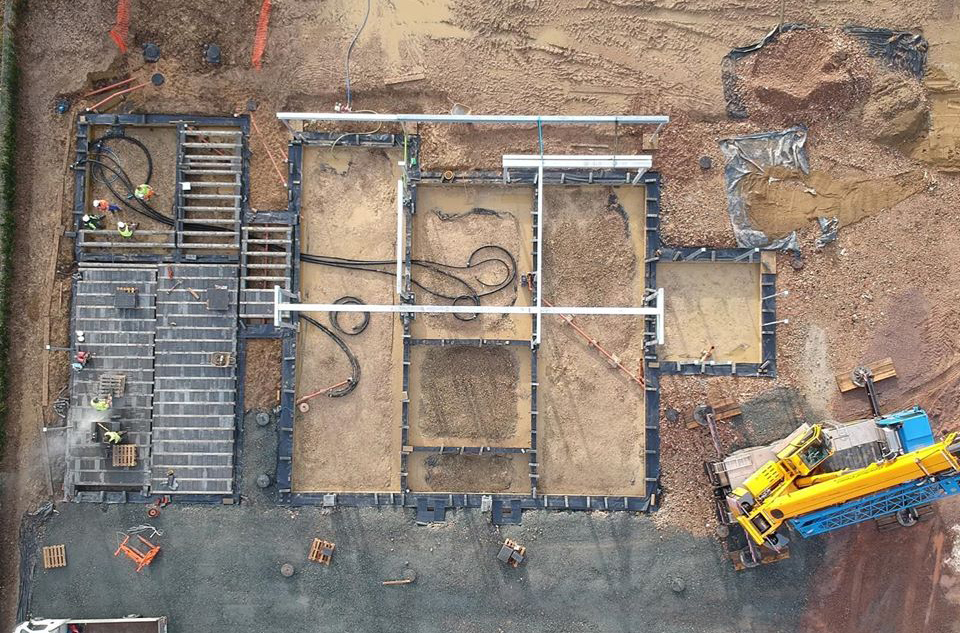12
Jan
Ground and Air Source Heat Pumps: What’s the Difference?
When it comes to efficient home heating, heat pumps are gaining popularity for their ability to harness environmental heat. Among the two most common types, air source heat pumps (ASHPs) and ground source heat pumps (GSHPs), there are key differences that homeowners should consider. In this article, we'll explore the distinctions between these systems, highlighting their advantages and disadvantages.Cost and Efficiency: ASHPs: These pumps come with a price tag ranging from £7,000 to £13,000. While they have a lower upfront cost, they are slightly less efficient compared to GSHPs.
GSHPs: With a cost ranging from £14,000 to £19,000, GSHPs are pricier initially. However, their higher efficiency leads to greater fuel savings and lower energy bills. Additionally, Renewable Heat Incentive (RHI) payments are more substantial for GSHPs, ensuring long-term financial benefits.
How They Work: ASHPs: These systems absorb heat from the air, compressing it to increase its temperature. They are suitable for locations with air temperatures between -5°C to 25°C.
GSHPs: Ground source heat pumps, on the other hand, absorb heat from the ground. This method allows them to maintain efficiency, as the ground temperature typically stays above 5°C throughout the year.
Efficiency: ASHPs: While efficient, they may struggle in extremely cold temperatures. However, they are generally suitable for the UK's climate, working efficiently for at least 95% of the days in a year.
GSHPs: Known for their overall efficiency, GSHPs are particularly advantageous in colder conditions. They outperform ASHPs when temperatures drop significantly.
Installation Requirements: ASHPs: These systems are easier and quicker to install. They are mounted outside the property, typically next to an external wall, and often do not require planning permission.
GSHPs: Ground source heat pumps require more planning and labor. Installation involves the placement of ground loops, either vertically or horizontally, requiring outdoor space. The process can take several weeks, but once installed, the pipework is not visible.
Considerations for Installation: ASHPs: Suitable for smaller spaces, they have visible outdoor units that generate some noise during operation.
GSHPs: Require more outdoor space, and the choice between vertical and horizontal ground loops depends on the available land and property size. The installation process is more involved, but the final result is discreet.
Choosing Between ASHP and GSHP: When deciding between ASHPs and GSHPs, homeowners need to consider their budget, available space, and specific household needs. While ASHPs are more cost-effective initially and easier to install, GSHPs offer higher efficiency and greater long-term savings, especially in colder climates.
In conclusion, understanding the differences between ground and air source heat pumps is crucial for making an informed decision when it comes to heating your home efficiently. Each system has its advantages and disadvantages, and the choice ultimately depends on your priorities and circumstances.
Contact Us



